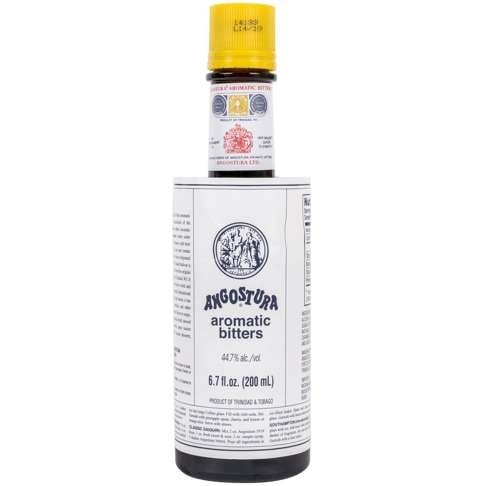
A brief history of bitters, from Pharaonic tombs to Jäger bombs
How medicinal elixirs became essential cocktail ingredients, and the doctors and apothecaries to whom you should raise a glass next time you neck a negroni or sip a sazerac
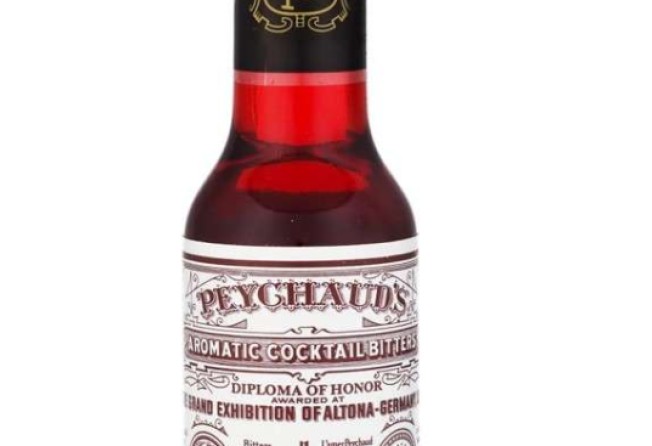
Much of what goes into making spirits had their beginnings in medicine – botanical ingredients,believed to have curative qualities, that were steeped in alcohol to preserve them. Many of these ingredients were considered inedible in their original state, as they were very bitter in flavour. The bitterness was imparted to the spirit they were preserved in, which was not sweetened because sugar at that time was a precious commodity.
In the tombs of ancient Egyptians, traces of medicinal herbs have been found in jars that were used to store wine, so this may be the earliest origin of bitters, if the two had indeed been stored together.
During the Middle Ages, bitters were concocted to calm the stomach and for use as medicinal tonics.
From this era, Benedictine was created by a monk – Dom Bernardo Vincelli, in 1510, and it is still enjoyed today. There are 27 different botanicals and spices used in Benedictine, and the recipe has been kept a secret and passed down through the generations so that no more than three people know how to make it at any given time.

Britain’s King George V honoured Angostura with a Royal Warrant in 1912.
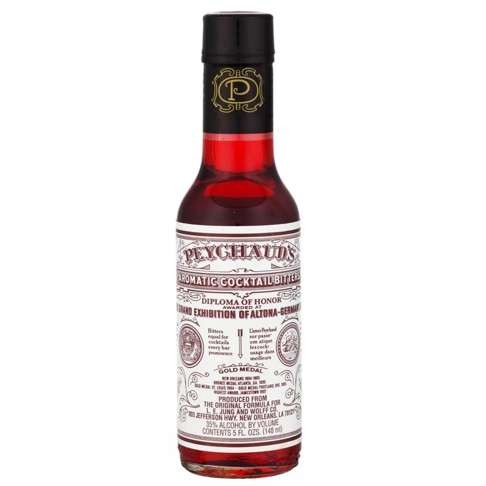
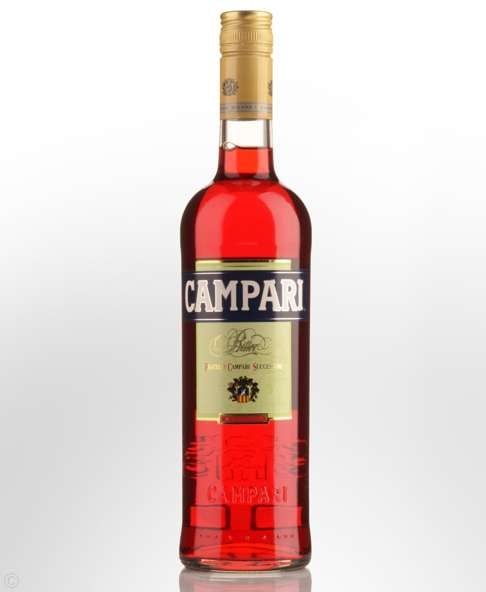
Campari is the base of the classic negroni – equal parts gin, red vermouth and Campari. There’s another bitters that’s rather esoteric – Cynar, which is based on artichokes.
The Germans have one that is also known the world over – Jägermeister (the name translates to “hunt master”).
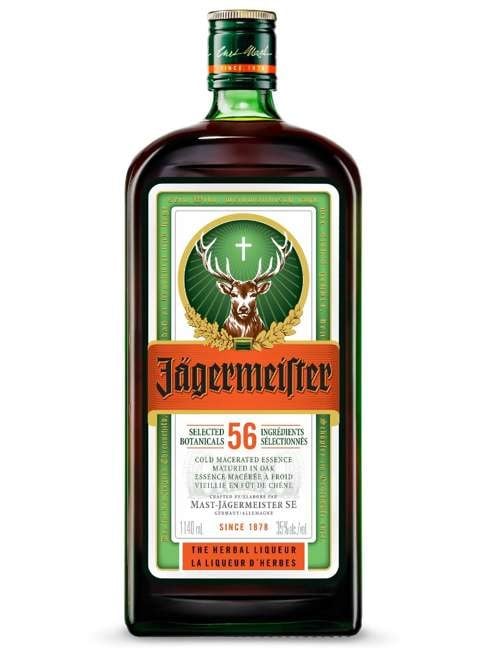
Nellie Ming Lee is a food stylist and part-time sommelier studying with the Court of Master Sommeliers